Artistic Meaning of The Forbidden
"The collections of the Palace Museum are based on the Qing imperial collection. According to the results of a 1925 audit, some 1.17 million items were stored in the Forbidden City. In addition, the imperial libraries housed one of the country's largest collections of ancient books and various documents, including government documents of the Ming and Qing dynasties."
Tracking Down Work
From 1933, the threat of Japanese invasion forced the evacuation of the most important parts of the Museum's collection. After the end of World War II, this collection was returned to Nanjing. However, with the Communists' victory imminent in the Chinese Civil War, the Nationalist government decided to ship the pick of this collection to Taiwan. Of the 13,427 boxes of evacuated artifacts, 2,972 boxes are now housed in the National Palace Museum in Taipei. Almost ten thousand boxes were returned to Beijing, but 2,221 boxes remain today in storage under the charge of the Nan Jing Museum."
"After 1949, the Museum conducted a new audit as well as a thorough search of the Forbidden City, uncovering a number of important items. In addition, the government moved items from other museums around the country to replenish the Palace Museum's collection. It also purchased and received donations from the public."
Ceramic
"The Palace Museum holds 340,000 pieces of ceramics and porcelain. These include imperial collections from the Tang Dynasty and the Song Dynasty, as well as pieces commissioned by the Palace, and, sometimes, by the Emperor personally. The Palace Museum holds about 320,000 pieces of porcelain from the imperial collection. The rest are almost all held in the National Palace Museum in Taipei and the Nanjing Museum."
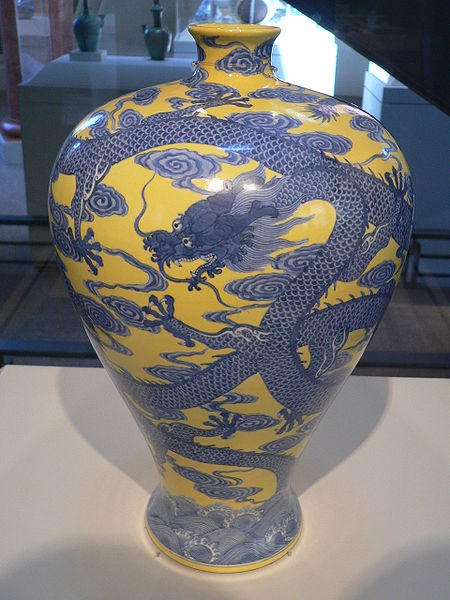
Paintings
"The Palace Museum holds close to 50,000 paintings. Of these, more than 400 date from before the Yuan Dynasty (1271–1368). This is the largest such collection in China. The collection is based on the palace collection in the Ming and Qing Dynasties. The personal interest of Emperors such as Qian Long meant that the palace held almost all surviving paintings from the Yuan Dynasty and before. However, a significant portion of this collection was lost over the years. After his abdication, Pu yi transferred paintings out of the palace, and many of these were subsequently lost or destroyed. In 1948, the pick of the remaining collection were moved to Taiwan. The collection has subsequently been replenished, through donations, purchases, and transfers from other museums."
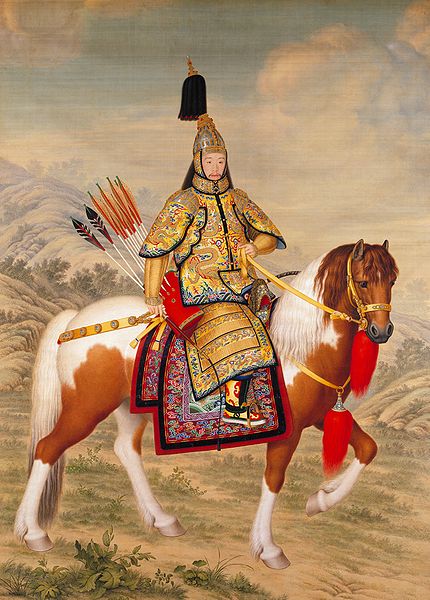
Jade
"Jade has a unique place in Chinese culture. The Museum's collection, mostly derived from the imperial collection, includes some 30,000 pieces. The pre-Yuan Dynasty part of the collection includes several pieces famed throughout history, as well as artifacts from more recent archaeological discoveries. The earliest pieces date from the Neolithic period. Ming Dynasty and Qing Dynasty pieces, on the other hand, include both items for palace use, as well as tribute items from around the Empire and beyond."
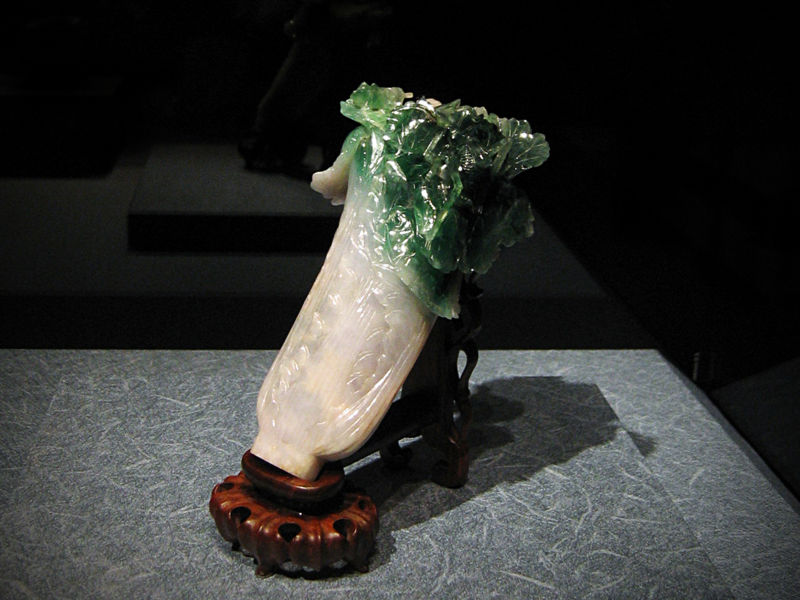
Palace artifacts
"In addition to works of art, a large proportion of the Museum's collection consists of the artifacts of the imperial court. This includes items used by the imperial family and the palace in daily life, as well as various ceremonial and bureaucratic items important to government administration. This comprehensive collection preserves the daily life and ceremonial protocols of the imperial era.”
Holdern
Lorem ipsum dolor sit amet, dolor vestibulum dolor in quis velit, condimentum nulla ut nibh vel pretium id, nec est quam lacus a neque justo. Blandit ut lacus arcu. Netus rhoncus feugiat pede donec proin, aliquet nec orci diam ac sagittis, vitae pharetra vehicula. Per nisl, lectus pede dignissim erat ac mi nullam, rhoncus habitasse convallis hendrerit quisque integer. Lorem arcu, sapien eros quis vestibulum, cursus eros venenatis eget, venenatis rhoncus id cursus ad, ipsum velit ac cras dignissim tincidunt. Ut consequat at cras est, ut eros quis tincidunt ut. Tortor donec vel, blandit pellentesque. Sit libero sollicitudin vel est urna justo, ad velit ultricies cras, tristique ultricies pharetra erat quis cras, et nostra ridiculus, adipiscing ligula magnis urna.
Bronze Ware
The Palace Museum's bronze collection dates from the early Shang Dynasty (founded c. 1766 BC). Of the almost 10,000 pieces held, about 1,600 are inscribed items from the pre-Qin period (to 221 BC). A significant part of the collection is ceremonial bronze ware from the imperial court.
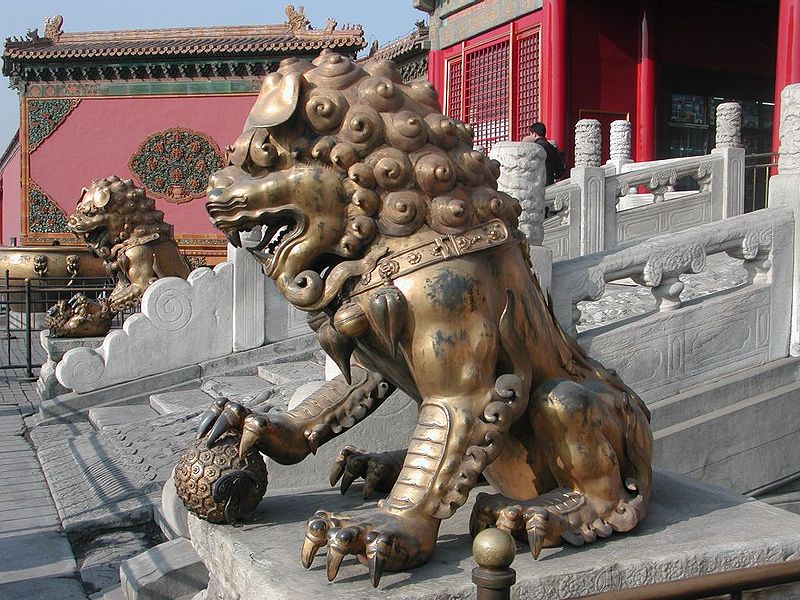
Timepieces
"The Palace Museum has one of the largest collections of mechanical timepieces of the 18th and 19th centuries in the world, with more than 1,000 pieces. The collection contains both Chinese- and foreign-made pieces. Chinese pieces came from the palace's own workshops, Guang zhou (Canton) and Suzhou (Suchow). Foreign pieces came from countries including Britain, France, Switzerland, the United States and Japan. Of these, the largest portion comes from Britain."
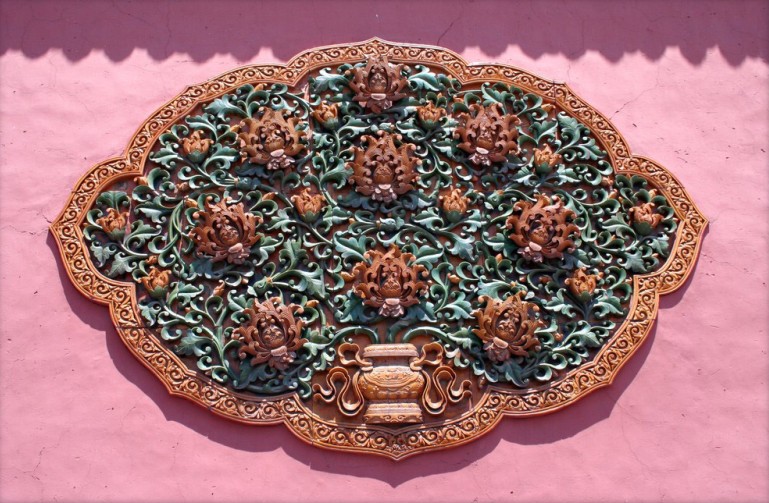
Holdern
Lorem ipsum dolor sit amet, dolor vestibulum dolor in quis velit, condimentum nulla ut nibh vel pretium id, nec est quam lacus a neque justo. Blandit ut lacus arcu. Netus rhoncus feugiat pede donec proin, aliquet nec orci diam ac sagittis, vitae pharetra vehicula. Per nisl, lectus pede dignissim erat ac mi nullam, rhoncus habitasse convallis hendrerit quisque integer. Lorem arcu, sapien eros quis vestibulum, cursus eros venenatis eget, venenatis rhoncus id cursus ad, ipsum velit ac cras dignissim tincidunt. Ut consequat at cras est, ut eros quis tincidunt ut. Tortor donec vel, blandit pellentesque. Sit libero sollicitudin vel est urna justo, ad velit ultricies cras, tristique ultricies pharetra erat quis cras, et nostra ridiculus, adipiscing ligula magnis urna.
Norenm
Lorem ipsum dolor sit amet, dolor vestibulum dolor in quis velit, condimentum nulla ut nibh vel pretium id, nec est quam lacus a neque justo. Blandit ut lacus arcu. Netus rhoncus feugiat pede donec proin, aliquet nec orci diam ac sagittis, vitae pharetra vehicula. Per nisl, lectus pede dignissim erat ac mi nullam, rhoncus habitasse convallis hendrerit quisque integer. Lorem arcu, sapien eros quis vestibulum, cursus eros venenatis eget, venenatis rhoncus id cursus ad, ipsum velit ac cras dignissim tincidunt. Ut consequat at cras est, ut eros quis tincidunt ut. Tortor donec vel, blandit pellentesque. Sit libero sollicitudin vel est urna justo, ad velit ultricies cras, tristique ultricies pharetra erat quis cras, et nostra ridiculus, adipiscing ligula magnis urna.
Architecture
"The Forbidden City, the culmination of the two-thousand-year development of classical Chinese and East Asian architecture, has been influential in the subsequent development of Chinese architecture, as well as providing inspiration for many modern constructions. Some specific examples are as follows."
"Emperor Gia Long of Vietnam built a palace and fortress that was intended to be a smaller copy of the Chinese Forbidden City in the 1800s. Its ruins are in Hu?. In English it is called the 'Imperial City'. The name of the inner palace complex in Vietnamese is translated literally as 'Purple Forbidden City', which is the same as the Chinese name for the Forbidden City in Beijing."
"The 5th Avenue Theatre in Seattle, Washington was designed to incorporate elements of classical Chinese architecture and interior decoration. The ceiling of the auditorium features a dragon panel and chandelier reminiscent of the dragon caisson and Xuan yuan mirror found in the Forbidden City."
Depiction in art, film, literature and popular culture
"The Forbidden City has served as the scene to many works of fiction. In recent years, it has been depicted in films and television series. Some notable examples include:"
- "The Forbidden City (1918), a fiction film about a Chinese emperor and an American."
- "The Last Emperor (1987), a biographical film about Pu yi, was the first feature film ever authorized by the government of the People's Republic of China to be filmed in the Forbidden City."
- "Ba Sing Se in the Avatar: The Last Airbender is based on The Forbidden City"
- "Marco Polo a joint NBC and RAI TV miniseries broadcast in the early 1980s was filmed inside the Forbidden City. Note, however, that the present Forbidden City did not exist in the Yuan Dynasty, when Marco Polo met Kublai Khan."
- "Kingdom Hearts II used the Forbidden City as the site for a climactic battle within the "Land of the Dragons", inhabited by the character Mulan."
As a Performance Venue
"The Forbidden City has also served as a performance venue. However, its use for this purpose is strictly limited, due to the heavy impact of equipment and performance on the ancient structures. Almost all performances said to be "in the Forbidden City" are held outside the palace walls."
"Giacomo Puccini's opera, Turandot, about the story of a Chinese princess, was performed at the Imperial Shrine just outside the Forbidden City for the first time in 1998."
"In 2004, the French musician Jean Michel Jarre performed a live concert in front of the Forbidden City, accompanied by 260 musicians, as part of the 'Year of France in China' festivities."
"In 2006, rock band 30 Seconds to Mars shot the music video for their song 'From Yesterday' in the Forbidden City and the 'Emperor Qin palace'. This was claimed to be the first American rock video ever shot in its entirety in the People's Republic of China."
Source: Wikipedia